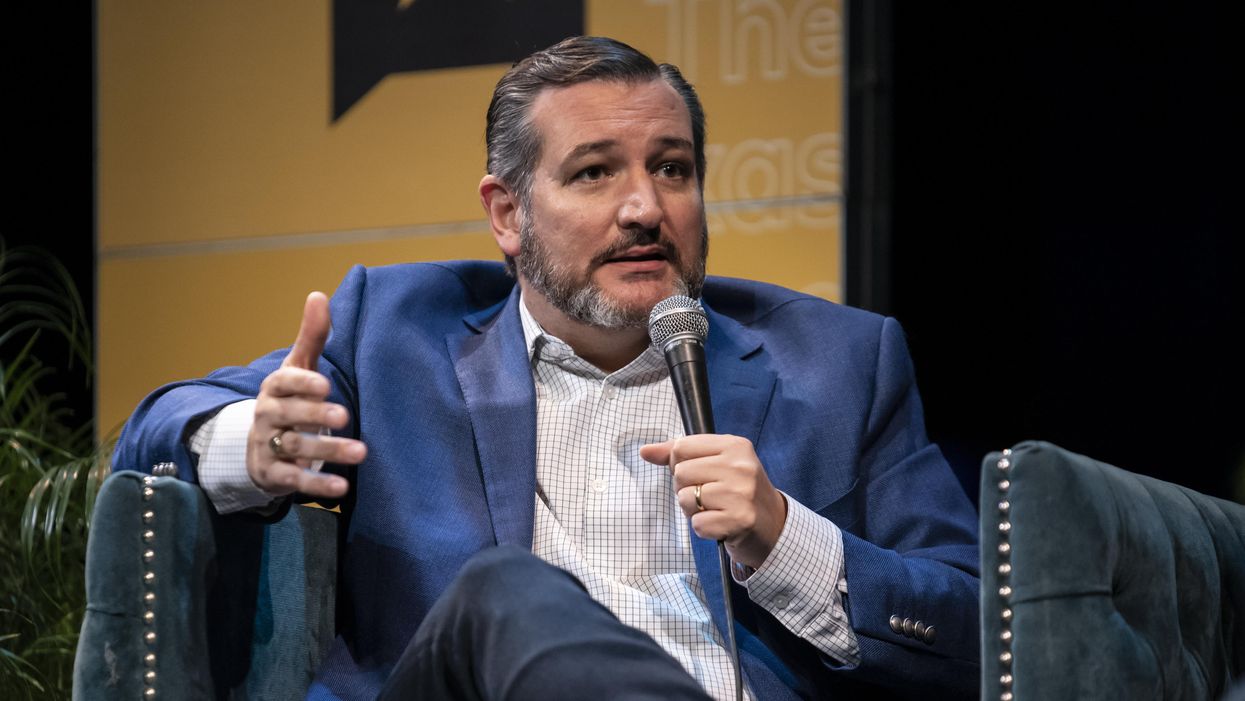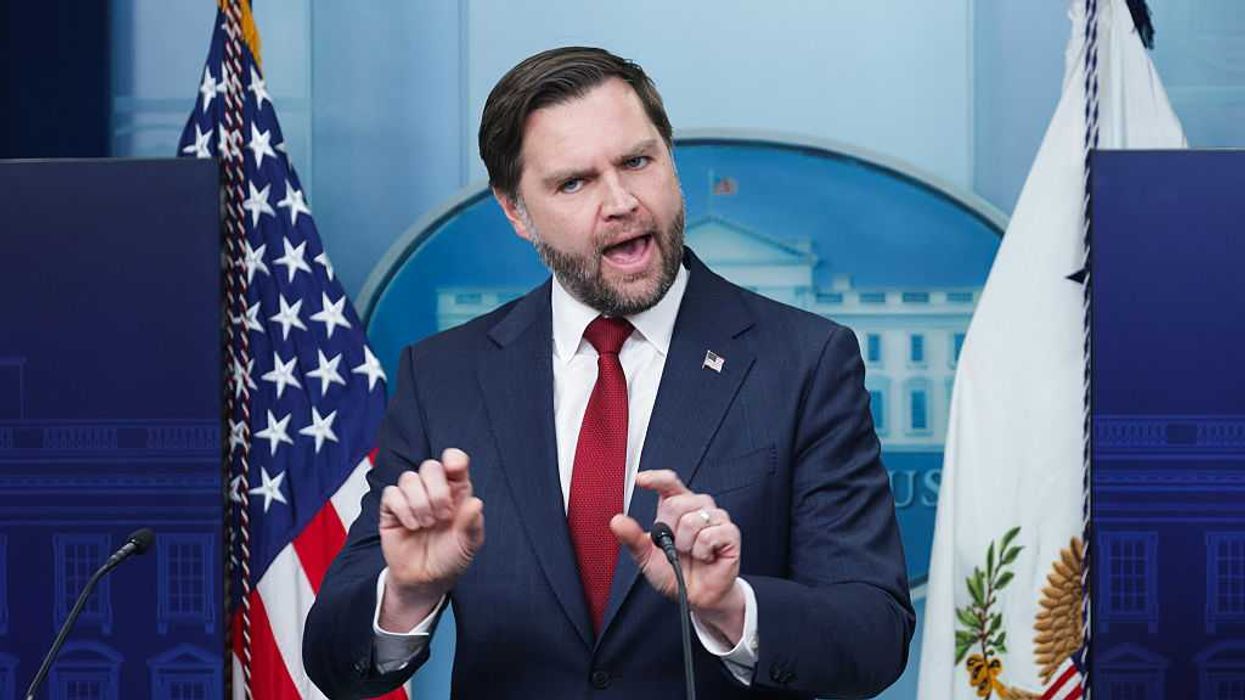Natbony is the author and originator of The Lonely Realist.
Sen. Ted Cruz is the lead sponsor of a proposed constitutional amendment that would impose term limits on members of Congress. Senators would be limited to two six-year terms and House members to three two-year terms. Although voters in the 1990s supported sweeping term limit legislation that imposed limits on state and local officeholders, the congressional term limits movement stalled in 1995 when the Supreme Court ruled that federal limits require a constitutional amendment.
The result has been congressional term limit stagnation, with more than 90 percent of House incumbents being re-elected year after year and the reelection rate among Senators falling below 80 percent just three times since 1982.
More than 60 percent of Republicans and Democrats support the adoption of federal term limits, recognizing that the Congressional Incumbents Club is a paradigm of careerism, combining power, stature and influence with lavish benefits: a high salary; unparalleled business connections; limited working days; spectacular working conditions; periodic taxpayer-funded fact-finding trips; a sizable staff (that could include family and friends); exceptional medical, dental and retirement benefits; weakened insider trading rules; taxpayer funded legal expenses; the ability to moonlight at other jobs; free flights back and forth to the lawmaker's home state; a family death gratuity; and free parking.
No wonder those elected to Congress make every effort to hold onto their jobs and special-interest groups spend lavishly to ensure that those they've elected continue to protect and enhance their special interests.
These perks help to explain why public confidence in Congress remains near an all-time low — 12 percent according to a 2021 Gallup poll. The consensus that Congress is broken is so widely-held that if ever there was an issue that should command bipartisan support, it's congressional term limits. Although the Heritage Foundation concluded in 1994 that "term limits are here to stay as an important issue on the American political landscape," it and the U.S. Term Limits lobby badly misunderstood the degree of self-interest and power of the Congressional Incumbents Club. Unless a Constitutional change movement originates with the states and mobilizes its way to Congress (as previously suggested), term limits bills are doomed to gather dust on congressional bookshelves.
Term limits have been a net benefit at the state and local levels. They would bring new perspectives to Congress, encouraging those with fresh ideas to run for office (perhaps to some degree offsetting the Supreme Court's 2019 holding that gerrymandering is constitutional). Term limits also would diminish incentives for election-related spending that have proliferated in the careerist Congress (especially following the Supreme Court's 2010 decision validating the solicitation and receipt of unlimited campaign contributions).
Although there are strong arguments against term limits, a further significant benefit would be a counterbalancing of incumbent financial and media advantages, as well as the name recognition, media access and embedded political contributions that flow to incumbency. Term limits also would incentivize members of Congress to nurture their successors by providing the types of apprenticeship experiences that make for practical staff training in other industries, thereby taking legislation out of the hands of lobbyists, bureaucrats and unelected Beltway insiders.




















